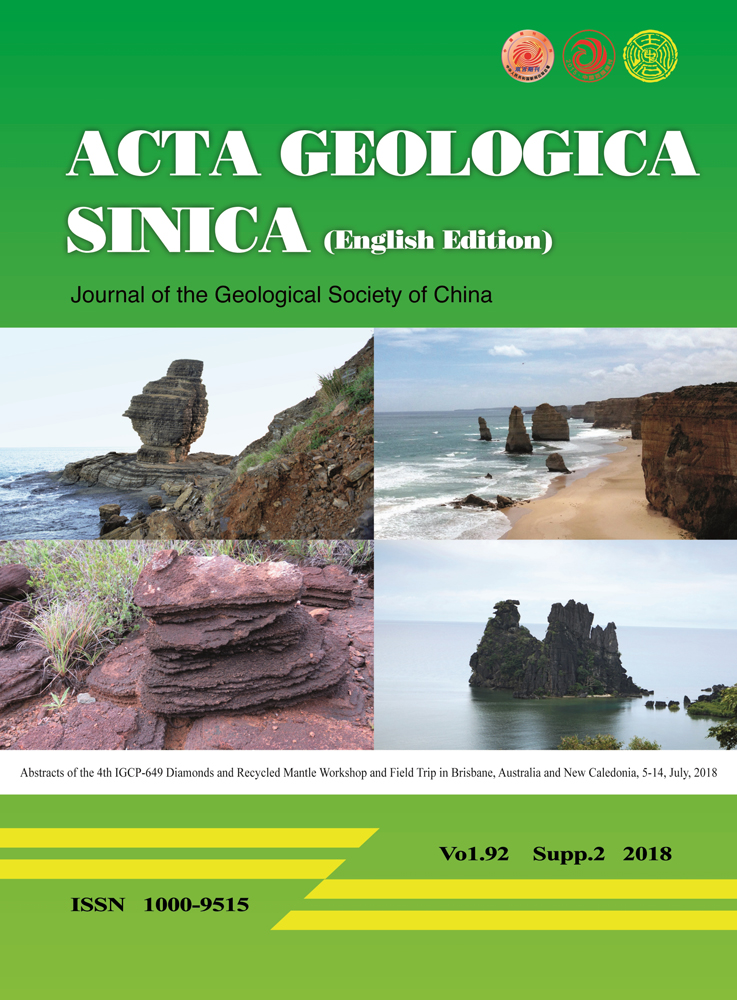Limited Recycling of Crustal Osmium in Forearc Mantle During Slab Dehydration
Abstract
Elevated 187Os/188Os ratios compared to ambient oceanic mantle, i.e.,187Os/188Os>0.13, have been reported for both arc lavas and mantle wedge xenoliths, which have been ascribed to the addition of crustal Os through slab dehydration or melting. By contrast, much lower 187Os/188Os ratios of spinels from Izu-Bonin-Mariana boninites indicate slight or no crustal Os was transferred from the slab to the forearc mantle. Here we report Os isotopic compositions of peridotites from New Caledonia ophiolites, which represent relics of a forearc mantle. Some New Caledonia peridotites are characterized by Os concentrations of <1 ppb, yet have187Os/188Os ratios comparable to the ambient oceanic mantle (i.e., 187Os/188Os<0.13). This confirms that little crustal Os was transported to the forearc mantle via slab dehydration. Contrasting Os isotopes between forearc peridotites and mantle wedge xenoliths may reflect the changing behavior of Os in diverse agents released from the descending slab as a function of depth, which is mainly controlled by the stability of sulfides in the slabs. During dehydration at shallow depths, sulfides keep stable and thus little Os is transported to the overlying mantle. In comparison, sulfides become unstable and tend to break down at deeper depths where slab melting or supercritical fluid generation occurs, and thus Os behaves like a mobile element.




